President Donald Trump keeps fine tuning the 25% tariff on automobiles and components coming into the U.S. from Canada, Mexico and Europe as well as the much larger levies from China. As a result, automakers continue to find ways to offset the price increases without crushing their bottom lines.
Ford Motor Co. was one of the first automakers to find a way to compensate for the tariffs by offering its employee pricing plan to all buyers. The automaker launched the effort in early April with the promotion expected to end in June.
However, the company just revealed it plans to extend the offer until July 6 while the automaker determines how the latest set of tweaks by the Trump administration impacts vehicle pricing. Under the guise of “you pay what we pay,” Ford offers the employee plan on purchase or lease of most of its 2024 and 2025 lineup of new vehicles.
Cheaper Fords

Ford CEO Jim Farley told CNN the company is still working through what its best course of action is regarding tariffs.
The employee pricing plan can amount to as much as $5,000, according to some dealers. At a minimum, Ford is showing reductions in the $1,000 to $3,000 range on its website, depending upon the vehicle.
Not all vehicles are eligible for the plan, such as the Ford Bronco Stoppe models, all Raptor models, Ford Mustang Dark Horse and Mustang GTD as well as all chassis cab vehicles. The original plan called for buyers to take delivery by June 2, but now that’s been extended to early July.
“We want to keep our prices competitive and low,” Ford CEO Jim Farley said during an appearance on CNN Wednesday morning. “We think this is an opportunity for Ford, We have a different footprint, a different exposure for tariffs.”
Farley noted new tariffs begin Saturday on a variety of parts the company uses for new vehicle production, and that will raise the costs to build those vehicles. Farley noted those parts aren’t built in the U.S. so there is no choice but to import them.
More Tariff News
- Bye-Bye Buick? Trump Tariffs Could Kill This Brand
- GM Earnings Tumble, Full-Year Results Likely to be Hurt by Tariffs
- April Car Sales Surge as Americans Raise to Beat Trump Tariffs
Others making moves
European automakers are watching the impact tariffs will have as well. BMW informed its U.S. dealer base it plans to delay electric vehicle production in May, according to Automotive News. The automaker also told dealers it plans to hold the line on prices on vehicle built through the end of June.
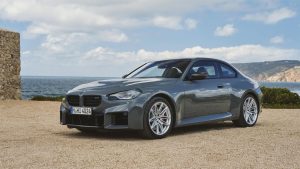
BMW is holding the line on vehicle prices through the end of June, except on the BMW 2 Series and M2 coupe, above.
There is an exception, it plans to add 4% to the price of 2 Series and M2 coupes built in Mexico beginning in May. BMW builds its four EVs in Germany but electric, but the higher prices for electric vehicles make them even pricier when the 25% tariff is figured in.
Mercedes-Benz officials told investors during the April 30 earnings call they expect the tariffs to cut into the company’s sales. However, it does produce a significant number of vehicles at its plant in Alabama. However, it exports engines and powertrains from Europe to build those vehicles.
Thus far, the company hasn’t raised prices on vehicles in the U.S. to mitigate the impact. Additionally, it’s stockpiled enough vehicles built at the non-tariff rate to keep prices unchanged until well into the second quarter, officials noted.
No guidance was offered on the company’s pricing strategy other than CEO Ola Kallenius suggesting it has “levers” it can pull and “we know how to use” them.
Changes made
Trump announced plans to ease some parts of the tariffs on automakers, after a prolonged effort by the auto executives to get the president to change the policy. Perhaps the biggest selling point might be the expected 2-million drop in new vehicle sales if the current levies remain in place.
The industry enjoyed a substantial jump in new car sales in March as consumers flooded dealer showrooms looking to get a vehicle before the tariffs took effect. Trump has implemented and then delayed the tariffs twice already, but they went into effect earlier this month.
Early predictions show April sales will be up between 5% and 11% as consumers continue to look for vehicles with non-tariff prices. The president announced April 29 he’s made changes to the current tariffs to ease the burden on automakers.
The new version offers a mix of credits and relief on certain parts and materials. Automakers can receive credit up to 15% of the value of a vehicle produced in the U.S. That credit can be used to offset levies on parts imported from other countries.
The essentially permits automakers to import duty-free parts worth about 3.75% of the sticker-price value of domestically produced cars they sell in the first year, according to administration officials. It also equates to 2.5% in the second year before phasing out in the third year. It is retroactive to April 3.


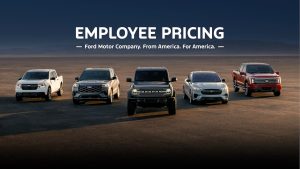
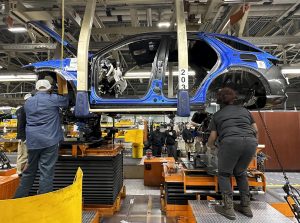
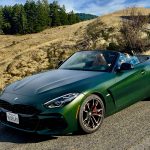

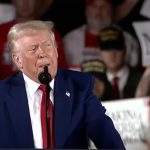
I hope the brass at the Big 3 have the math skills to keep up with Trump’s requirements.